13 Oct 2025
11 MIN READ
Who are the Roma people?
Summary
The Roma, also known as the Romani people, are a widely dispersed ethnic group with roots in northern India, dating back over a thousand years. Over the centuries, they migrated westward, journeying through Persia and the Byzantine Empire before settling throughout Europe. Today, Roma communities can be found worldwide, particularly in Central and Eastern Europe, forming one of the continent’s largest and most diverse minority groups.
Despite their broad contributions to music, crafts, and the arts, the Roma have faced persistent discrimination, social exclusion, and stereotypes. The term “gypsy”, imposed by Europeans who mistakenly believed the group came from Egypt, is now widely recognized as offensive and reductive of Roma identity.
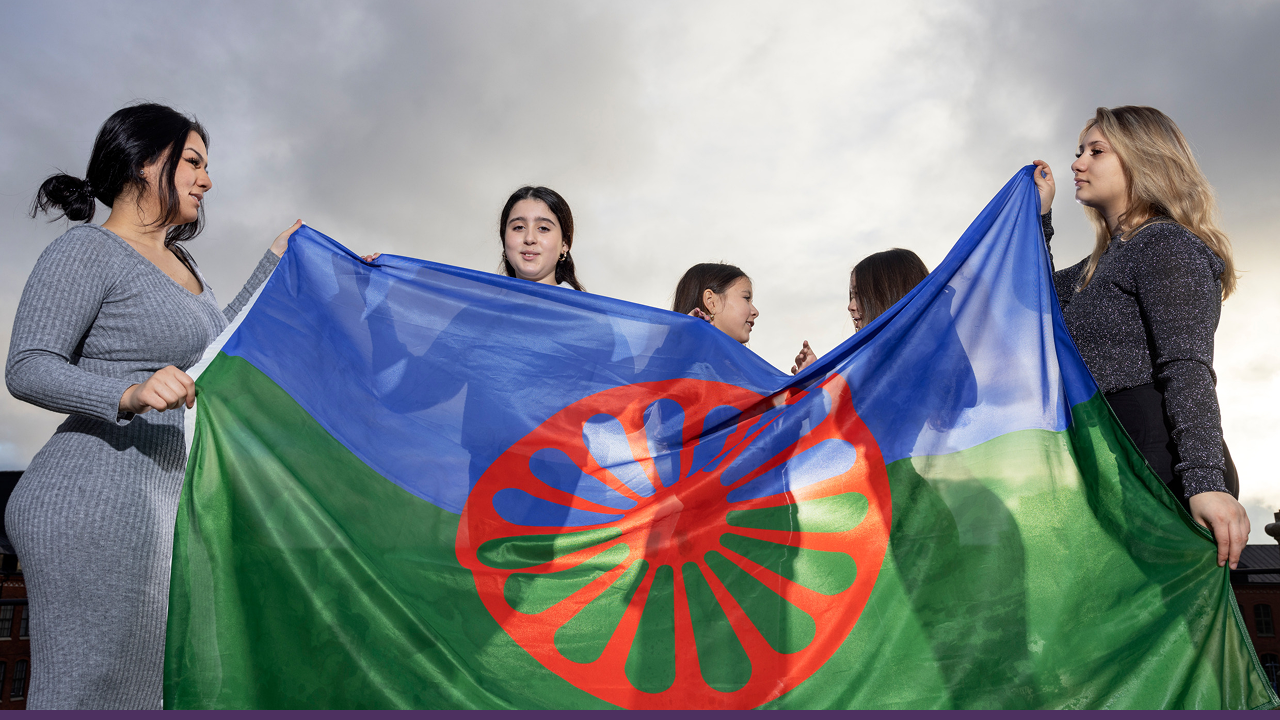
International Roma Day commemorates the first World Romani Congress held in London on 8 April 1971. Credits: Sofia Sabel/Sharing Sweden
Understanding the Roma requires acknowledging both their rich cultural heritage and the historical injustices they have endured. Their story is one of resilience, adaptation, and an enduring quest for dignity and recognition across generations.
Origins and Historical Migration of the Roma people
The Roma people trace their ancestry to northern India, particularly the regions of Punjab, Rajasthan, and Sindh. Their departure from the Indian subcontinent began around the 9th or 10th century, with migration characterized by a gradual westward movement, shaped by social, political, and economic circumstances that scholars continue to investigate.
As they ventured through Persia and the Byzantine Empire from the 11th to the 14th centuries, the Roma preserved essential elements of their South Asian heritage, including customs, artistic traditions, and, above all, their language, while also adapting to new environments along their route.
This journey led to the emergence of a scattered yet interconnected diaspora across Europe, with some groups settling in the Balkans and Eastern Europe. In contrast, others traveled on to Western Europe, including Spain and France.
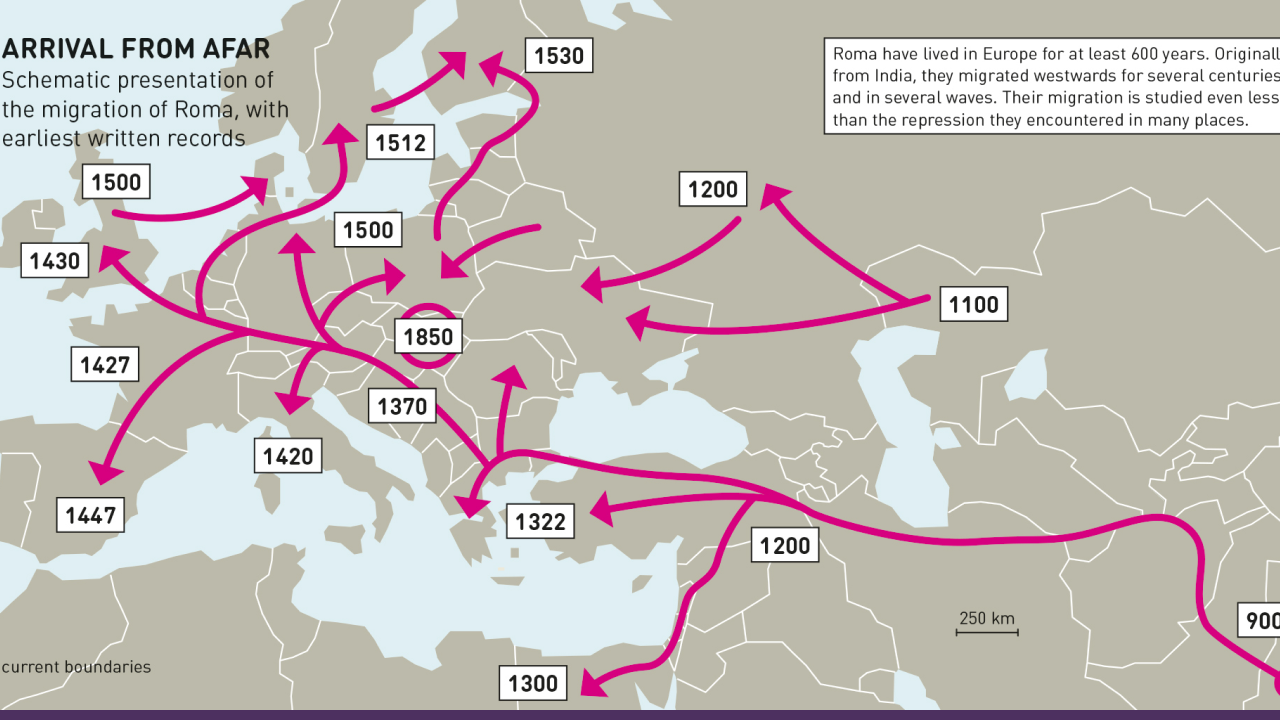
When Yugoslavia broke up into its parts, many Roma people lost their citizenship. Credits: Rosalux Geneva
The strongest evidence of the Roma’s Indian origins is found in the Romani language. Linguists have shown clear relationships between Romani and Indo-Aryan languages such as Hindi, Punjabi, and Sanskrit. These linguistic connections provide invaluable insights into the Roma’s shared past and distinct cultural identity, underscoring the enduring legacy of their South Asian roots as they established new lives across the continent.
Watch a video on the migration here.
Roma demographics and geographic distribution
The Roma people are one of the largest minority groups worldwide, with about 12 million members. The exact number is difficult to count for different reasons. Some prefer not to self-identify as them, and some don’t want to be traced. Many of their communities are also isolated from public institutions due to a lack of trust. They primarily reside in Europe, where their communities have existed for centuries.
Countries like Romania, Bulgaria, Hungary, Serbia, and Slovakia have the largest concentration of Romas. Other Central Western European nations, including Spain, France, and the United Kingdom, have sizable communities due to historical migration. A number of them have also immigrated to North America.
The Romani diaspora is diverse, comprising various subgroups, including the Kalderash, Lovari, and Sinti. Each group has its own dialects, traditions, and social practices. However, they share cultural traits that unite them to the broader Roma identity. They deal with similar socio-economic challenges.
Traditional Lifestyle and Social Organization of the Roma people
The Roma people traditionally led a nomadic lifestyle, moving to support their communities and working as blacksmiths, metalworkers, artisans, musicians, and horse traders, skills vital to local economies and often linked to their identity. Many Roma also became entertainers and fortune-tellers. Over time, state policies and economic changes have pushed many Roma to settle, although traditional trades remain a source of pride.
Many of the countries where they lived took a liking to some of the Roma's entertainment, especially folk music from many Eastern European countries, which borrows elements from their culture.
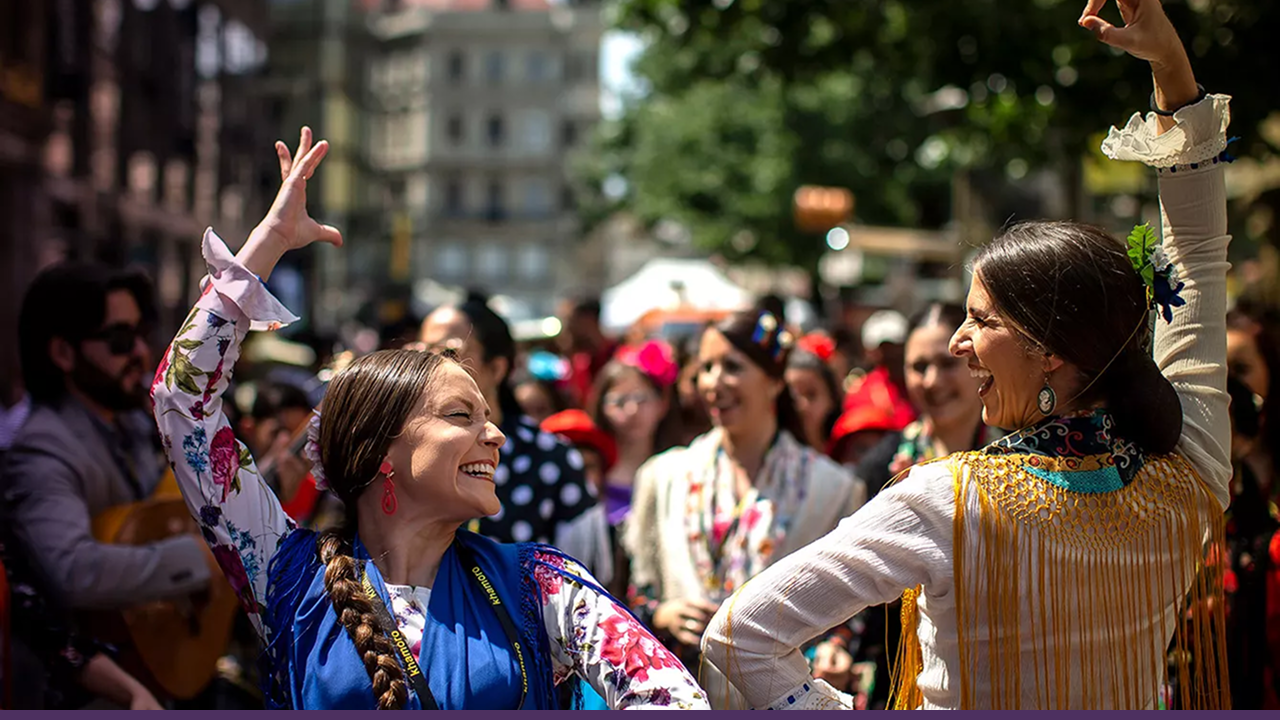
The Romani people are often forced to be bilingual, knowing both the formal language of the country in which they live. Credits: Gabriel Kuchta/Getty Images
Social life in Roma communities focuses on family and kinship. Extended family groups, called vitsa, form the heart of their social structure. These groups influence marriage choices, conflict resolution, and community support. They foster a sense of belonging and help preserve Roma customs, values, and oral traditions. Understanding the Roma’s traditional way of life shows how their unique identity has endured migration and outside pressures.
Cultural Identity and Language of the Roma people
Language is an integral part of Roma identity. The Romani language, which comes from Indo-Aryan roots, connects the Roma to their Indian heritage. It also helps maintain cultural traditions. The Roma refer to themselves as “Rom” and call non-Roma “Gadje.” This naming sets them apart and strengthens their sense of community.
Cultural self-governance is crucial for the Roma. Many groups have traditional systems, like the Kris tribunal. In this system, elders and respected members resolve disagreements using customary law. These systems help maintain order, resolve conflicts, and preserve cultural practices, demonstrating that the Roma can organize themselves effectively.
The Roma have various subgroups based on their jobs, locations, or migration histories. For example, the Kalderash are renowned for their metalworking skills, while the Gitanos are celebrated for their music and entertainment in Spain. Even with these differences, they share a common language, values, and social practices that support a unified Romani cultural identity across various regions.
Historical persecution and challenges faced by the Roma people
The Roma people have faced persecution for centuries. In Eastern Europe, especially in today's Romania, Roma were enslaved for almost 500 years, serving nobles, monasteries, and the state. This practice continued until the mid-19th century, resulting in the loss of freedom and opportunities due to this enslavement. Roma across other parts of Europe also suffered systemic discrimination, facing death sentences, forced expulsions, and social exclusion.
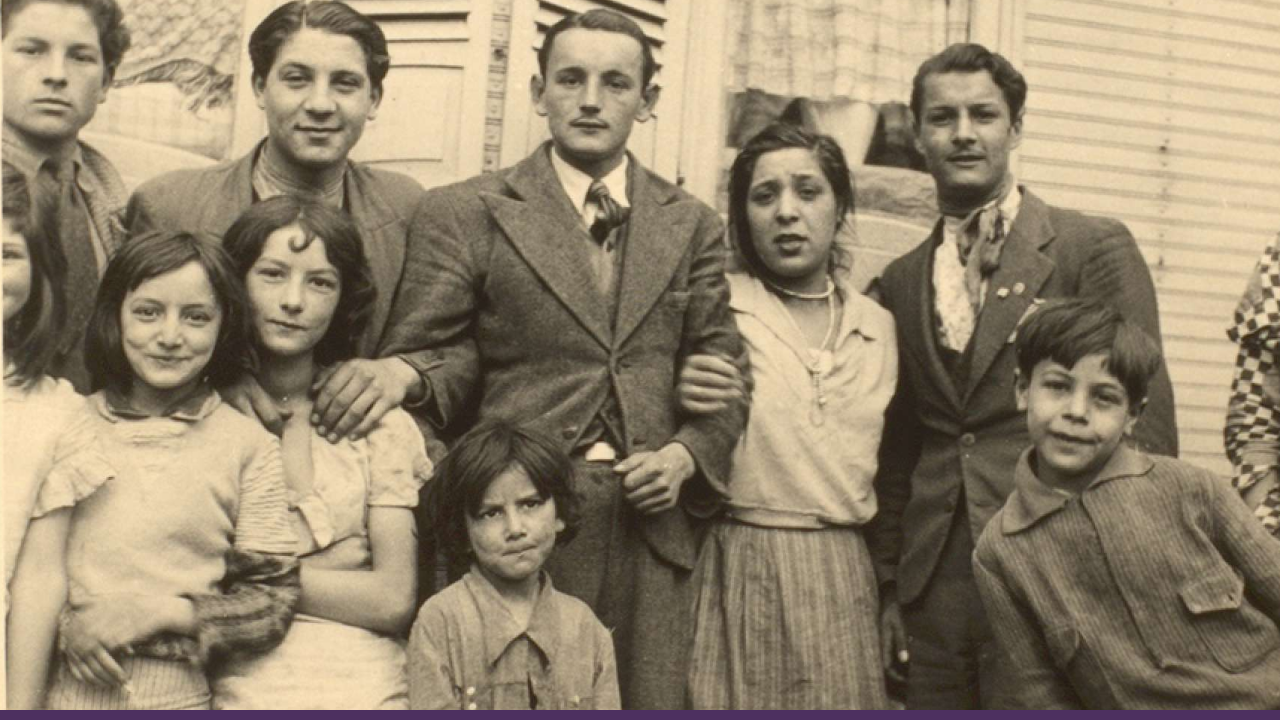
German Romani survivors who presented themselves were often recognized and issued the appropriate documents. Credits: University of Liverpool Library Special Collections
The most horrific period was during the Nazi era. Known as the Porajmos or the Romani Holocaust, hundreds of thousands of Roma were targeted and killed by government policies. Many were sent to concentration camps, forced into labor, and executed in mass killings. This genocide had a lasting impact on the population and left deep scars in their collective memory. It took decades for it to gain recognition, which only made the situation worse.
Many elements of this have spilled over today, and Roma communities continue to face marginalization. Social stigma and discrimination persist across Europe, which brings to light the historical challenges. In some countries, parents still threaten their children that they will "send them to live with gypsies if they don't behave". While these threats are just words, it is already sending a prejudiced message to children that perpetuates the persecution today.
Cultural Expressions and Traditions That Define Romani Identity
The Roma people are famous for their vibrant culture, especially in music and dance. Their traditions have significantly shaped global art, particularly flamenco in Spain. Flamenco reflects the lively rhythms of Romani music for the Gitmo Romanis. Oral traditions extend beyond performances. Communities share knowledge, values, and history through storytelling, proverbs, and songs.
Marriage customs reveal the importance of family and community. Many Roma groups have arranged marriages that often include a bride-price, but this is not the case for everyone. Ceremonies and celebrations help strengthen social ties and keep the culture alive. Elders or voivodes lead Roma communities by resolving disputes, upholding customs, and preserving traditions.
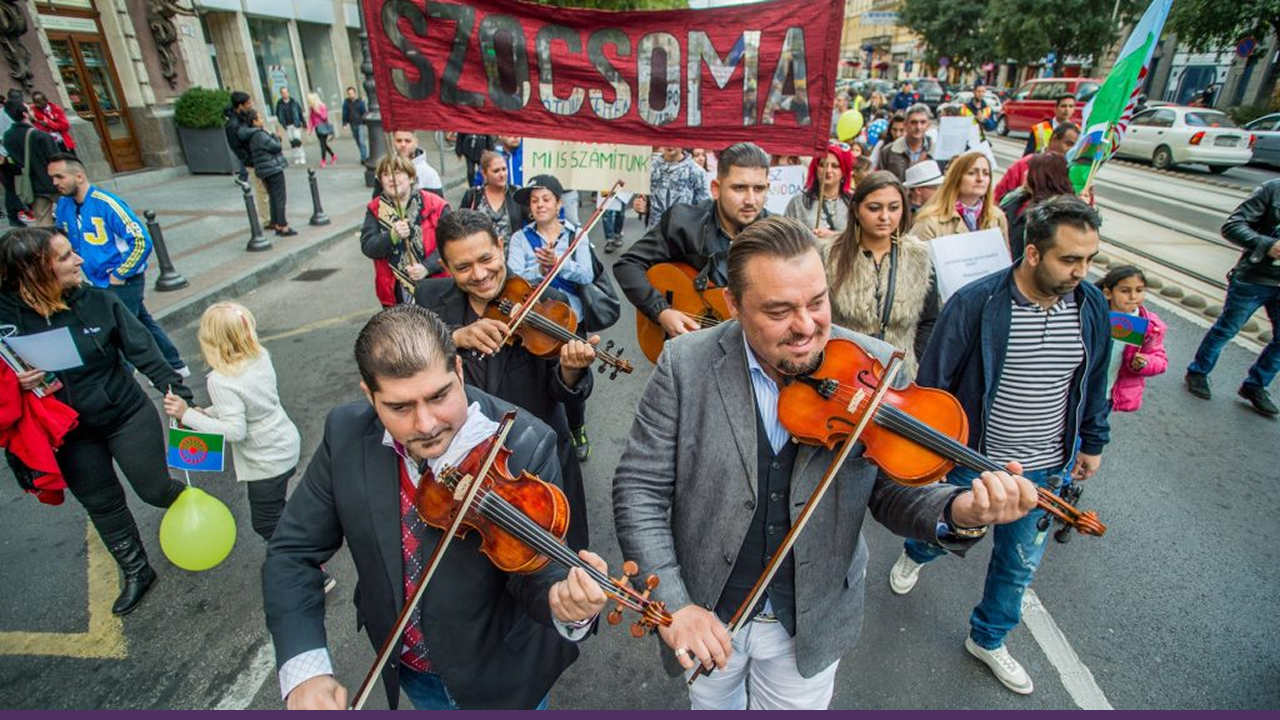
The foundational Romani philosophy, known as Romanipen, embodies the totality of the Romani spirit and customs. Credits: Getty
Despite facing marginalization and persecution for centuries, the Roma have maintained a unique cultural identity. Their music, dance, oral traditions, and social customs define them. They show resilience and adaptability while staying true to their heritage.
Modern Issues Romani Communities Face Worldwide
Romani communities still undergo discrimination and social exclusion today. While a lot is done to combat other types of racism and discrimination, it's still widely acceptable in many countries to discriminate against them. Many people use the excuses that they are involved in criminal behavior and socially backwards for their prejudice. While there is a higher correlation in some crimes, this did not appear simply overnight.
Poverty is a significant issue among the Roma. 80% of people in the EU live in what is considered poverty, with many Roma families living in segregated areas that lack proper housing, sanitation, and basic services. Many landlords refuse to rent to them. The police target them at higher rates, and they often involve harassment or profiling, which worsens mistrust between Roma and state institutions.
Education presents significant challenges for Roma people. In many European countries, Roma children often attend segregated schools or “special education” programs. There are some instances where they account for the majority of the " special education" programs in some countries, despite being only a significantly smaller portion of the population.
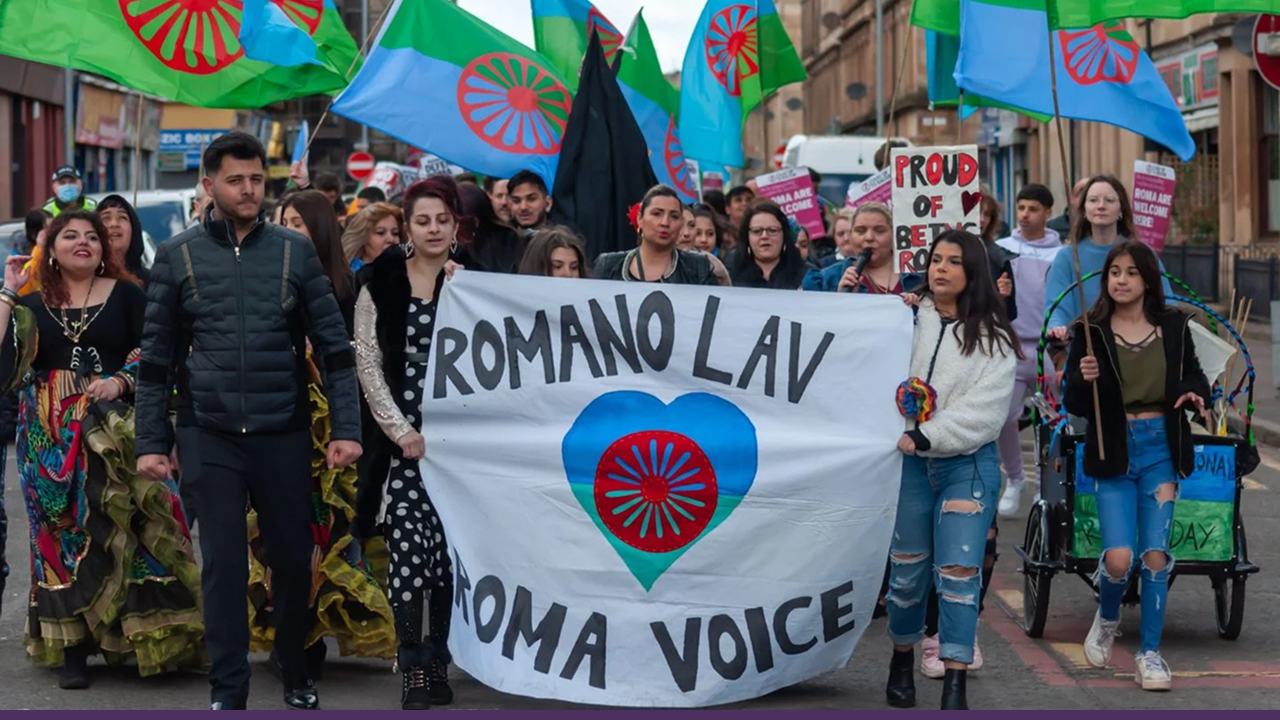
The European Commission and EU Member States have committed to combat hatred, discrimination, and prejudice against the Romani people. Credits: Minority Rights
This reduces their chances for academic success and social integration. As a result, dropout rates are high, making it harder to escape poverty. It also makes them more likely to engage in criminal activity and harder for them to escape preconceived notions about them. They are also imprisoned at higher rates.
Despite these challenges, Roma rights movements are gaining strength. Grassroots organizations and international bodies are increasingly advocating for inclusion, equality, and recognition in society.
In 2015, the European Parliament officially recognized August 2nd as European Roma Holocaust Memorial Day, honoring the 500,000 Roma murdered during the Holocaust, particularly remembering the mass killing at Auschwitz-Birkenau on the night of August 2-3, 1944.
April 8th is marked globally as World Roma Day, a date dedicated to celebrating Roma culture and drawing attention to ongoing discrimination faced by Roma communities. Raising awareness through these days highlights that many persistent challenges facing Roma communities are deeply rooted in historical injustice and continued lack of recognition and protection.
The harm behind the “gypsy” label
The word “gypsy” romanticizes poverty and sexuality while erasing the real struggles of Romani people, especially women. Romani communities face systemic racism, violence, and economic marginalization, with women enduring forced sterilization, unemployment, and exclusion from both feminist and anti-racist movements. Yet, pop culture and consumerism exploit the term, turning it into an aesthetic while reinforcing stereotypes. Abandoning the word is crucial to acknowledging Romani identity and the ongoing fight for dignity, representation, and liberation.
Conclusion
The Roma people are known for their resilience. They have kept their cultural identity through centuries of displacement and discrimination. Historical tribulations like enslavement and the Holocaust, along with ongoing issues such as poverty and social exclusion, show the need for recognition and support. Valuing Roma cultural heritage is vital for social justice and celebrating the diversity of this strong community worldwide.
People Also Ask
What makes someone a Roma?
A Roma is someone belonging to a historically nomadic Indo-Aryan ethnic group that shares a distinct culture and ancestry.
What is the difference between Gypsy traveller and a Roma?
In the UK, it is common in data collections to differentiate between Gypsies, Irish Travellers (who have specific Irish roots), and Roma, understood to be more closely associated with Central and Eastern Europe. However, the term gypsy is not an acceptable term to use these days.
Where do the Roma people live in modern-day?
While spread out across the continent, the largest populations are found in Romania, Bulgaria, Hungary, and Slovakia. Together, the Roma people constitute a bigger European nation than many European countries.
What is considered Roma?
The Romani people, also known as the Roma, Romani, or Romany, are an Indo-Aryan ethnic group.
Is Roma a white ethnicity?
Generally, they are known to be descended from Northern India; however, some identify as white, as it has been a long time since they were classified. Many, though, do not consider them to be a white ethnicity.
